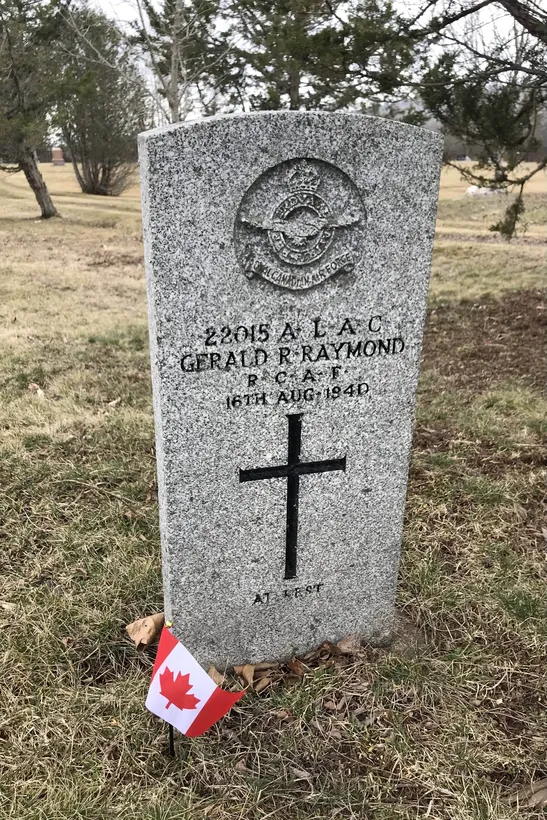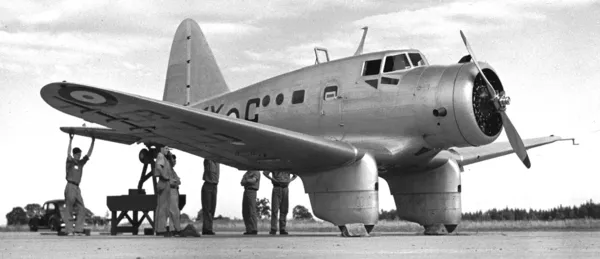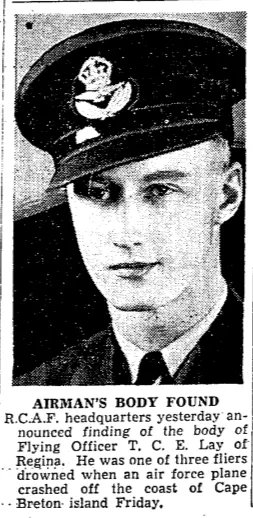Raymond, Gerald Robert
Killed in Action 1940-08-16


Birth Date: 1911
Born:
Son of Kenneth and Annie Kathleen Raymond, of Norton Station.
Home: Norton Station, Kings County, New Brunswick
Enlistment:
Enlistment Date: Unknown
Service
RCAF
Unit
8 Sqn- Squadron
Base
Rank
Leading Aircraftman
Position
Leading Aircraftman
Service Numbers
22015A
This incident involved multiple aircraft:
- Delta Mk. II Serial: 682
All the above aircraft in the above list are referenced in this report.
Delta 682
Northrop Delta

Canada selected the Delta for use as a photographic survey aircraft for use by the RCAF in 1935. They were built by Canadian Vickers Ltd under license. One aircraft, the last Delta built by Northrop, was supplied as a part assembled pattern to Canadian Vickers, first flying on 16 Aug 1936 and being delivered to the RCAF on 1 Sep that year. It was followed by a further 19 aircraft built wholly by Canadian Vickers, production continuing until October 1940. These were the first all-metal stressed-skin aircraft to be built in Canada.
The Deltas, which were capable of being operated from wheeled, ski or float undercarriages, proved capable survey aircraft, well suited to operations in the North of Canada, but in August 1939, when the outbreak of the Second World War loomed, Canada found itself short of coastal patrol aircraft, and the Deltas were diverted to this role, being fitted with floats and carrying out long anti-submarine missions. The Deltas were less successful as patrol floatplanes, as they were damaged by ocean swell and by salt water corrosion, and they were forced to revert to landplane use after two months.
The Delta used the same wing as the Northrop Gamma, had split flaps and a non-retractable undercarriage like its predecessors. The larger fuselage accommodated up to eight passengers. For RCAF use, the design was modified to accept three Fairchild A-3 cameras at the rear of the cabin. The cabin floor was strengthened to accept freight loads and a large, upward opening freight door was installed on the port side. Two Deltas were armed with a defensive machine gun fitted in an open hatch in the roof. A plexiglass fairing provided protection from the slipstream. This particular installation was not very satisfactory causing buffeting and a marked decrease in performance. The Deltas were withdrawn from operations in late 1941, and were then used as instructional airframes in training schools. The fuselage of No. 673 which crashed in 1939, is now with the Canada Air and Space Museum in Ottawa.Harold A Skaarup Web Page
Delta 682
Delta Mk. II 682
Served with Test and Development Flight at RCAF Station Rockcliffe, October 1939. To No. 8 (GP) Squadron winter of 1939/40.1939-01-17 Taken on Strength 2019-08-20
1940-August-16 Accident: 8 Squadron Loc: Hertford Island Nova Scotia Names: Hurley | Lay | Raymond
1940-10-26 Struck off Strength 2019-08-20
 Norton Station, Kings County, New Brunswick
Norton Station, Kings County, New Brunswick Canadian Virtual War Memorial
Canadian Virtual War Memorial Commonwealth War Graves Commission
Commonwealth War Graves Commission www.findagrave.com
www.findagrave.com

 Wikipedia Delta Transport and Patrol
Wikipedia Delta Transport and Patrol Harold A Skaarup Web Page
Harold A Skaarup Web Page